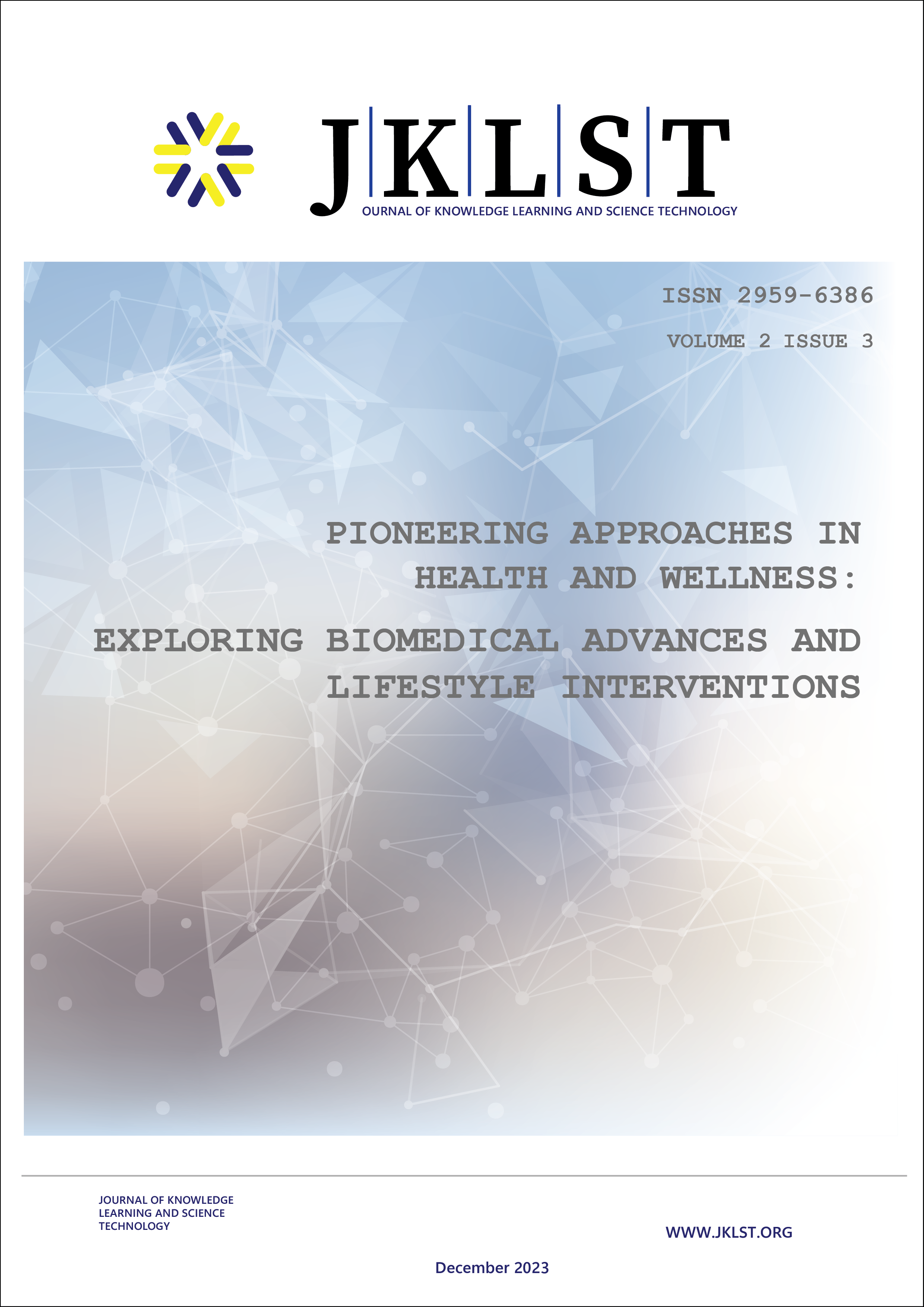Impact of Varying Synthetic Hormone on Mystus cavasius (Hamilton):
Fertilization, Hatching, and Survival Rates
DOI:
https://doi.org/10.60087/jklst.vol2.n3.p103Keywords:
Synthetic Hormone, Fertilization, Hatching, Survival Rate, Mystus cavasiusAbstract
An experiment was carried out to identify the perfect dose of Flash hormone for induced breeding of Mystus cavasius at the Reliance Aqua farm hatchery during the period from 29th June to 25th August, 2015. Three treatments (T1, T2, and T3), each with three duplicates, made up the experiment. From the brood rearing ponds, 45 pairs of female and male were selected, with a male to female sex ratio of 1:1. A single injection of Flash hormone, specifically 0.166, 0.125, 0.1 ml/kg body weight for males and 0.33, 0.25, 0.2 ml/kg body weight for females respectively in three treatments, was given to the brood fishes. The T1, T2, and T3 treatments showed a fertilization rate of 79.0, 88.7, and 77.51%, a hatching rate of 56.61, 60.03, and 37.78%, and a survival rate of 40.56, 50.86, and 32.07%, respectively. For all treatments, the incubation times for fertilized eggs were between 23 and 28 hours. The findings of the data analysis reported that the use of Flash hormone in T2 treatment resulted in the highest rates of fertilization (88.7%), hatching (60.03%), and survival (50.86%). When comparing the three Flash dosages, there were notable changes (P<0.05) in the rates of hatching, fertilization, and survival. A single dosage of Flash hormone (0.125 ml/kg body weight of male and 0.25 ml/kg body weight of female) in T2 was the hormonal combination that produced the greatest results for M. cavasius induced breeding.
Downloads
Downloads
Published
Issue
Section
License

This work is licensed under a Creative Commons Attribution 4.0 International License.
©2024 All rights reserved by the respective authors and JKLST.









